Discover Bhutan with Air to Bhutan — where every adventure is an invitation to explore, experience, and embrace the magic of this extraordinary kingdom. Join us on a voyage that transcends the ordinary, promising memories that linger long after you leave the breathtaking landscapes and warm hospitality of Bhutan behind
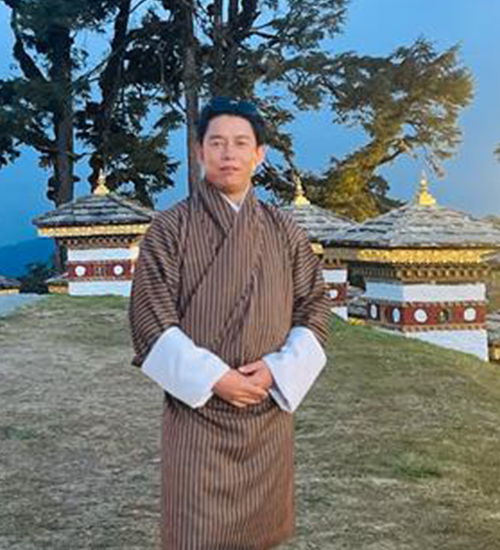

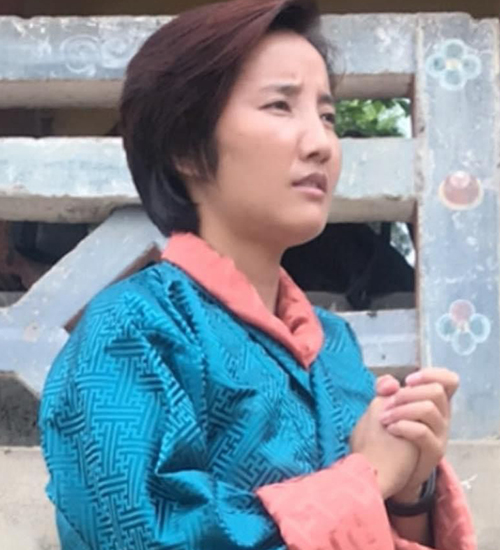
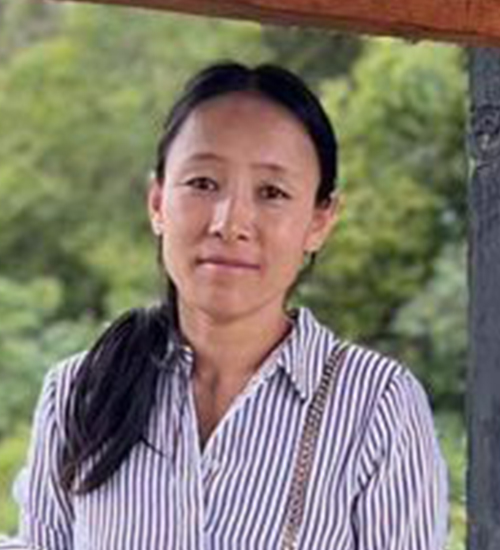

Bhutan is no longer a hermit kingdom, Prior to Covid 19 Crisis and its repercussion on the tourism industry, Bhutanese witnessed more than 100,000 tourists traveling into Bhutan. The tourist arrival skyrocketed in numbers. According to the Lonely Planet, Bhutan is ranked as the best country to visit in 2020 above England and North Macedonia.
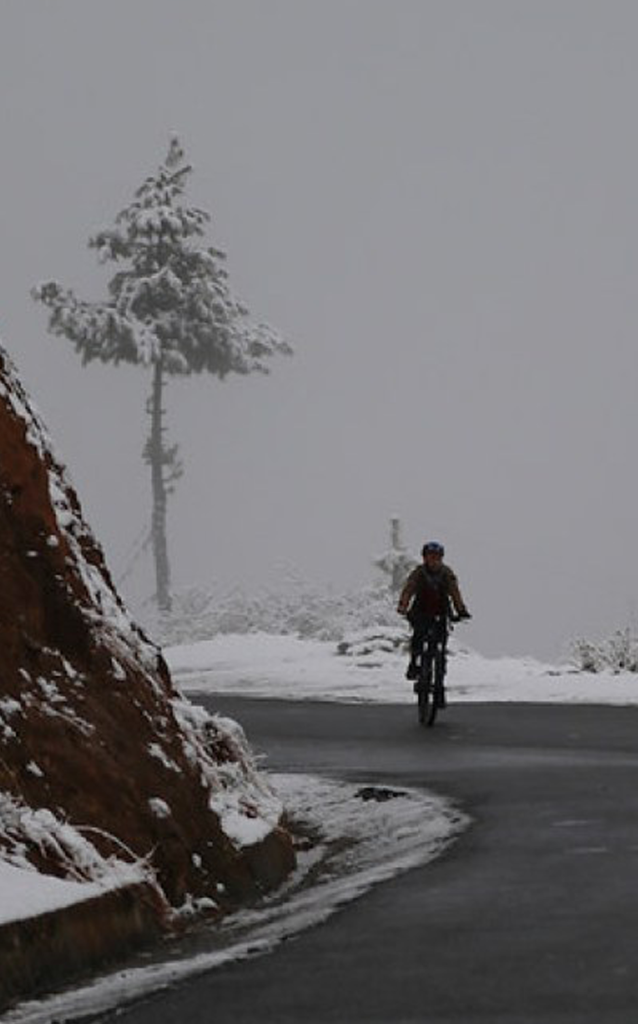
The visits are fueled by the fervor to see a kingdom renowned for peace and tranquility of a unique Buddhist culture and for the worldwide popular developmental concept of GROSS NATIONAL HAPPINESS. Besides, people from around the world travel to Bhutan because of their admiration towards our Royal Families for Bhutan is counted as one of the few remaining royal kingdoms in the world.
Bhutan has stepped onto the international stage as the first and only Carbon- Negative country in the world. Bhutan produces 1.5 million tons of carbon every year. Geographically, Bhutan is covered with 72 percentage forests. It is mandated in the constitution of the Kingdom of Bhutan. Additionally, even more, trees are planted, in 2016 Volunteers set a Genius World Record by planting 49,672 trees in just an hour. Tourist who are nature enthusiasts also leaves their memories in the form of tree plantation while in Bhutan.
Since Bhutan was in total isolation from the rest of the world till 1974 , today Bhutanese take pride in our rich culture, traditions, and ancient values which visitors can explore and experience on a well-planned holiday with us as your travel planner.
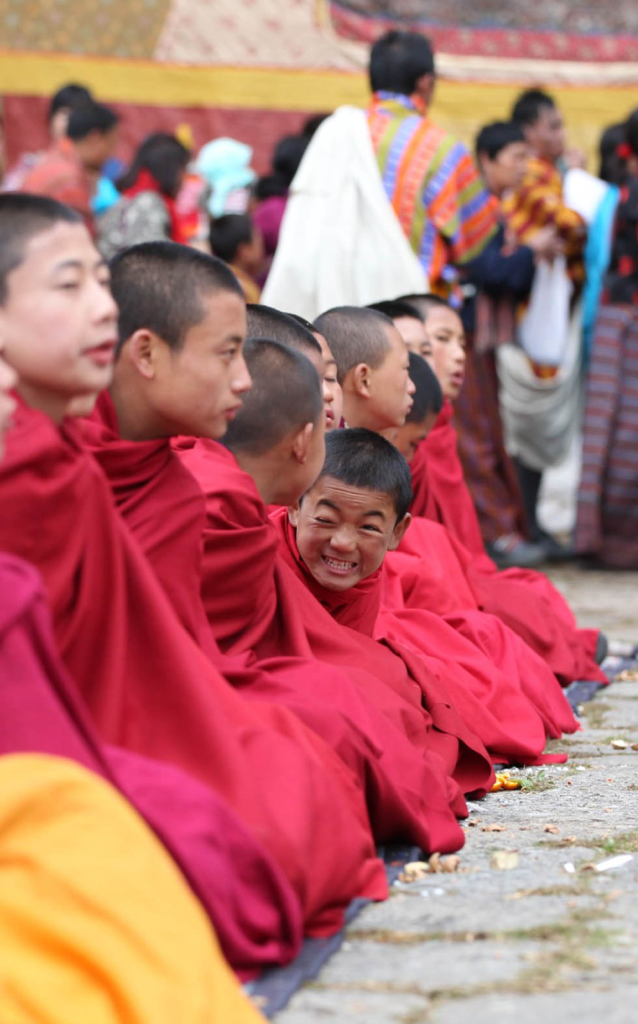
In 1972, the far-sighted fourth king of Bhutan coined the philosophy of ‘Gross National Happiness. The non-material developmental policy represented a commitment to building an economy that would serve Bhutan’s culture based on Buddhist spiritual values instead of the popular developmental philosophy of Gross Domestic Product.
Gross National Happiness embodies four pillars; one of the pillars is Preservation and promotion of cultural values. The significance of culture and tradition to Bhutanese people was to instill values for the full development of human beings, to meet spiritual and emotional needs, to temper the pace of modernization and the negative impacts of globalization, to safeguard and strengthen the country’s sovereignty and security, to develop resilience and to promote diversity for meaningful contribution.
Bhutan has been cut off from the world for centuries to protect its culture and it was not until the 1970s that the first foreign tourists were allowed in. The tourism industry in Bhutan is founded on the principle of sustainability, meaning that tourism must be environmentally & ecologically friendly, socially and culturally acceptable, and economically viable. The Royal Government of Bhutan recognizes that tourism is a worldwide phenomenon and an important means of achieving socioeconomic development particularly for a developing country like Bhutan.
The establishment of the tourism industry in Bhutan contemplated the tourism policy of “High Value- Low Volume”. The principle of “high value, low volume” has been the overall tourism policy since 1974, which later changed to “high value, low impact” in 2008.
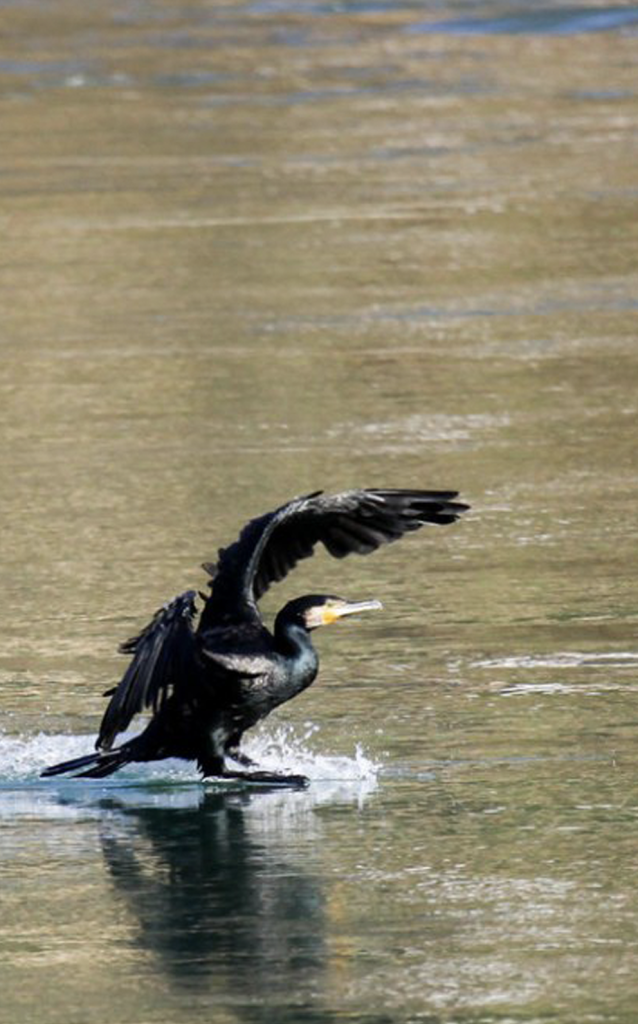
Bhutan has four distinct seasons and each season has its beauty and charm. Bhutan is a year-round destination. So, it is entirely up to you to decide your travel period.
1. Spring (March, April & May)
Spring is a botanist’s delight as various flowers start to bloom. and plants start budding after their long dormancy in winter. Flowers such as rhododendron, wild azaleas, and edelweiss cover the meadows like carpet and add a new sense of wonder to Bhutan’s landscape.
2. Summer (June, July & August)
It is an abundant time of the year as flowers are in full bloom and valleys are covered in green, weeping willows sweep the banks of many of the rivers and pine cones glisten in the sun, so full with risen they are ready to plummet to the ground.
3. Autumn (September, October & November)
This is the time when the entire landscape turns into golden color. The farmers harvesting their crops in the golden-colored paddy fields under the crisp blue skies is just an amazing view of Bhutan’s landscape in the Autumn season.
4. Winter (December, January & February)
Winter has its moments. The days are full of sunshine while evenings can turn chilly. Soft turfs of clouds drape lazily over mountain tops as if waiting for new life to blow it across the landscape. The winter season in Bhutan gives one a clear view of the world’s highest Himalayan mountain ranges covered in snow.
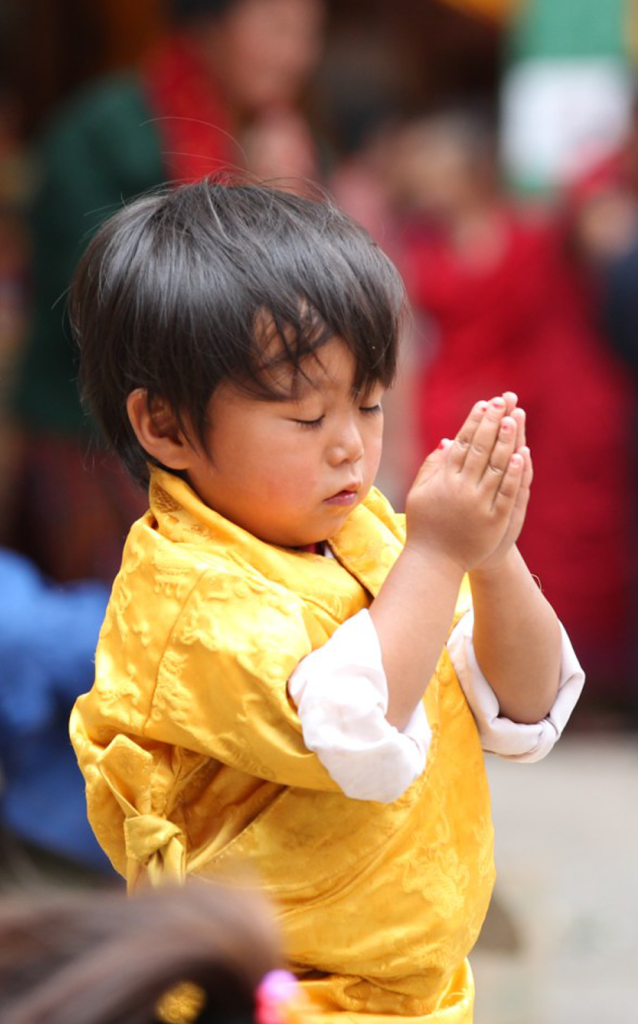
Located on the southern end of the Eastern Himalayas, Bhutan has one of the most rugged mountain terrains in the world. The mountains of Bhutan are some of the most prominent natural geographic features of the kingdom. Bhutan is home to Gangkar Puensum at 7578 m, which is also claimed to be the highest unclimbed point on earth.
The lowest part of Bhutan Starts at roughly 100m above sea level. In the south, the country today begins almost simultaneously with the base of the foothills. The country is laterally divided by deep river valleys and high ranges with plunging sides, for this reason, some people describe Bhutan as a ‘vertical country’.
According to the latest official figure, a total of 72% of the country’s area is under forest cover and 51.44 percent is declared to be maintained as protected areas including national parks, wildlife sanctuaries, and ecological corridors. The country’s wild biodiversity is outstanding with almost 5500 species of vascular plants including 47 species of rhododendrons, 400 lichen species, 430 orchids, over 200 species of mushrooms, over 200 mammal species, 770 species of entonofaina, herpetofauna, and aqua fauna waiting to be discovered.
The country’s vast and contagious tract of sub-tropical and temperate forest, alpine scrubs, meadows and screes, rivers, lakes, and wetlands harbors several species of wild flora and fauna of global significance.
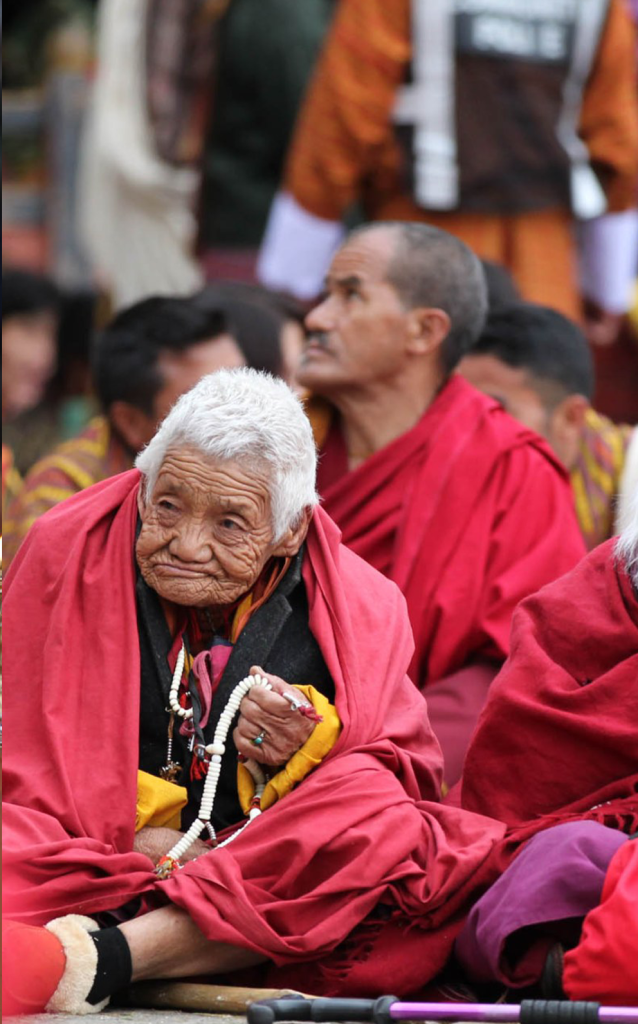
National Flag
The National flag is a rectangle in shape that is divided into two parts diagonally. The upper yellow half signifies the secular power and authority of the king while the lower saffron orange symbolizes the practice of religion and power of Buddhism. The Dragon signifies the name and the purity of the country while jewels in its claws stand for the wealth and perfection of the country.
National Flower
The national flower is Blue Poppy (Meconopsis Grandis). It is a delicate blue or purple-tinged blossom with a white filament. It grows to a height of one meter, on the rocky mountain terrain found about the tree line of 3500-4500 meters. It was discovered in 1933 by British Botanist George Sheriff, in a remote part of Sakteng in eastern Bhutan. If you opt to trek in Bhutan, there is the probability of seeing blue poppy grow in plenty especially at the highlands.
National Animal
Dragon is not the national animal of Bhutan nor the mythical Yeti. The National Animal is the Takin that is associated with religious history and mythology. It is a very rare mammal with a thick neck and short muscular legs. It loves in groups and is found in places above 4000 meters high in the northwestern and far northeastern parts of the country.
Strangely, you can also find the National Animal in Thimphu Takin Preserve in the capital of Bhutan. We take our guests to visit the Takin Preserve for a glance at this rare animal.
National Bird
The national bird of Bhutan is the raven. It ornaments the royal crown of the king of Bhutan. Raven in Bhutanese belief represents the deity Gonpo Jarodongchen, one of the chief guardian deities of Bhutan. They can be seen generally in pairs or huddling together by dozens.
You can spot a raven at Damthang, Cherithang, Jagothang, Lingshi, and Chebesa in Western Bhutan; Bumthang, Dur, and Pegula in Central Bhutan and Singye Dzong and surrounding areas in Eastern Bhutan.
National Sport
Bhutan’s national sport is archery and competitions are held regularly in most of the villages. Traditional Bhutanese archery is a social event. While the men play, women troll or tease to distract the player from hitting bullseyes. It’s easy to find a session to watch the National Game of Bhutan quite easily when you are travelling around.
The traditional Bhutanese archery equipment is a long bamboo bow. Most archers nowadays use a state-of-the-art carbonite Hoyt brand bow with a complicated-looking pulley system that releases the arrows with tremendous speed. The use of imported equipment hasn’t diluted the rich traditions of the game, although Bhutanese archers are now encouraged to train for the Olympics.
Air to Bhutan is a travel company based in Thimphu Bhutan. Although it’s a new company, we work towards catering friendly and exclusive services to our guests. Bhutan is often regarded as an exclusive travel destination, the kingdom enjoys a reputation for authenticity, serenity and a well-preserved cultural heritage and protected natural environment.
Our firm is also driven by the concept of ‘responsible tourism’. Our policies and practices ensure that all our tours are undertaken in a way that is socially & culturally acceptable and environmentally friendly. We are firmly committed to a principle wherein the environment and culture are not sacrificed at the altar of tourism. While reaping the benefits from tourism, we are also giving back to our community by part taking social corporate responsibility.